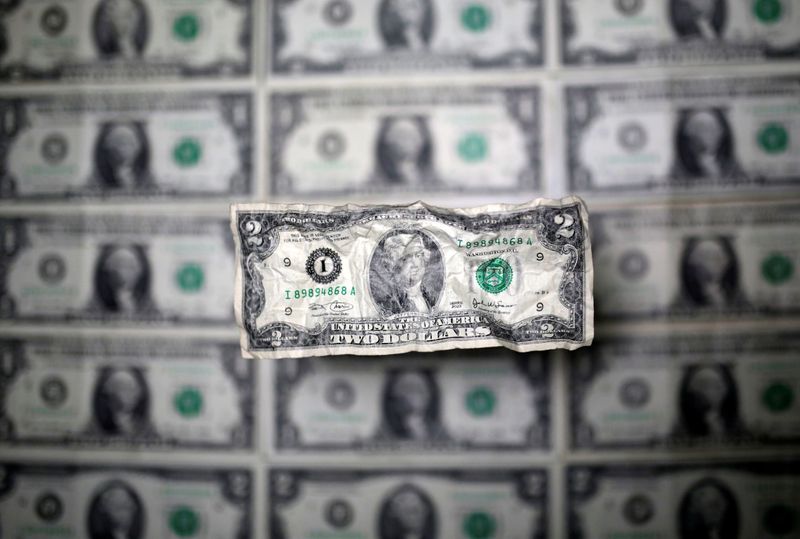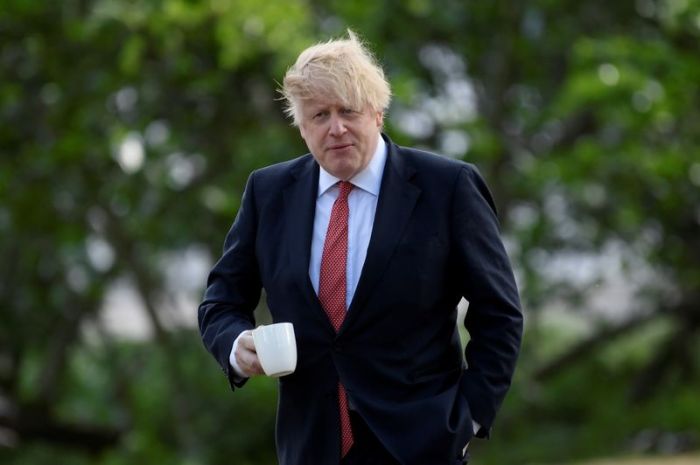NEW YORK (Reuters) – The dollar, which typically functions as a safe-haven investment, rose on Monday even as investors added risk to their portfolios, buying U.S. stocks and selling Treasury bonds.
Investors had mixed risk expectations, with an eye on warnings of a second wave of COVID-19 infections as more countries eased lockdown restrictions.
Germany reported on Monday that new coronavirus infections were accelerating exponentially after early steps to ease its lockdown, news that sounded a global alarm even as businesses ranging from Paris hair salons to Shanghai’s Disneyland re-opened. South Korean infections also rebounded to a one-month high.
Japan said on Monday it could end its state of emergency in many regions this week and New Zealand said it could ease restrictions on Thursday. The UK has also set out plans to ease the lockdown, while in France shops re-opened on Monday.
“Market concerns of re-opening the economy too quickly resulting in another wave of the virus should continue to keep investors cautious,” wrote analysts at Action Economics.
However, “It’s not a classic risk-off environment,” said Axel Merk, president and chief investment officer at Merk Investments.
On one hand, Merk noted, there is evidence of a risk-off move. The dollar index <=USD>, which measures the currency against a basket of six rivals, was 0.37% stronger on Monday at 100.16. The Swiss franc, another safe haven, rose against the euro <EURCHF=> to a more-than two-week high.
Meanwhile, the Japanese yen, a classic safe-haven bet, was broadly weaker. Against the dollar, the yen <JPY=> was last down 0.93% at 107.62 and was also 0.69% weaker against the euro <EURJPY=>, at 116.38. Prices of U.S. Treasury bonds, which are also high-quality assets that benefit in times of crisis, fell and yields rose as demand sank.
U.S. stocks also benefited on Monday from improved risk sentiment, though some of that move had been retraced by the close, with the S&P 500 index <.SPX> flat.
The euro fell against the dollar and was last down around 0.26% at $1.081 <EUR=>.
The dollar this week will take its cues from Federal Reserve Chair Jerome Powell’s speech on Wednesday and inflation, jobless and retail spending data, according to Joe Manimbo, senior market analyst at Western Union Business Solutions.
(Reporting by Kate Duguid in New York and Elizabeth Howcroft in London; Editing by Nick Zieminski and Dan Grebler)























